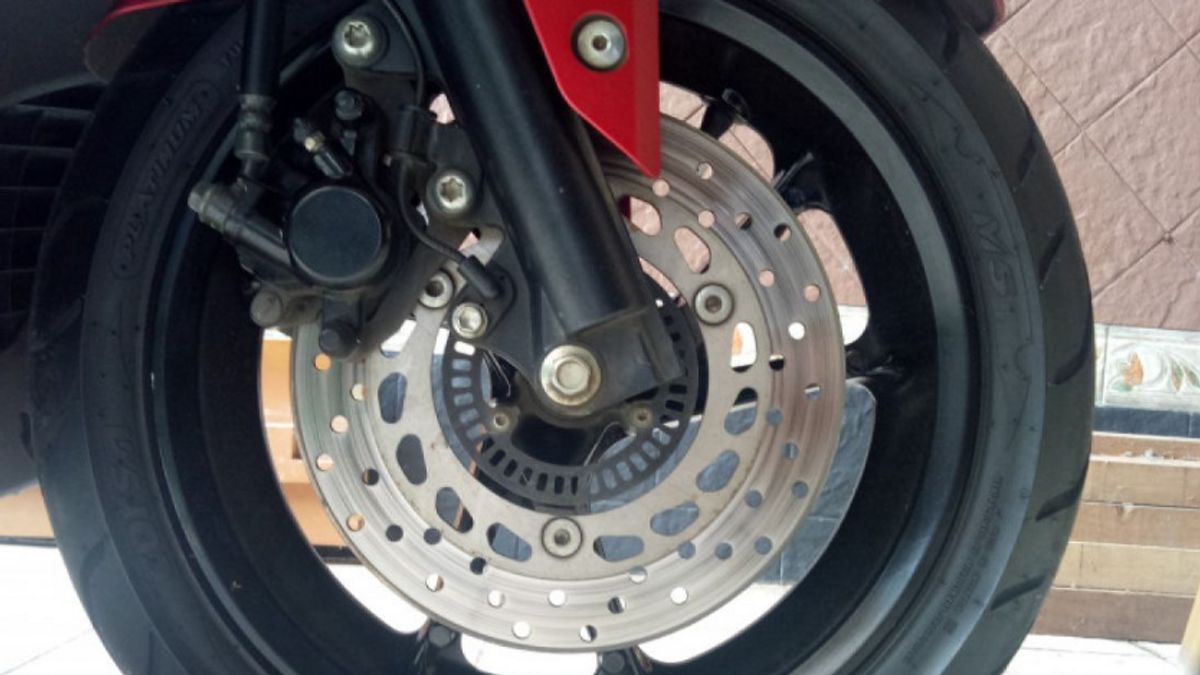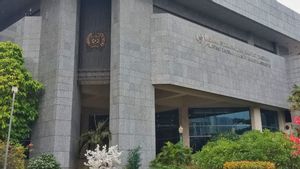YOGYAKARTA Although the way ABS brakes work on cars and motorbikes is almost similar, the ABS motor brake component is different from the components in the car.
As is known, ABS or Antilock Braking System (ABS) is one of the braking systems on motorcycles and cars. ABS technology simply helps stop vehicle speeds in a more sophisticated way than thromols for avoiding slip tires or being locked.
One component of ABS brakes on a motorcycle is the velocity sensor. This sensor will detect the tire rate which then the data will be sent to the ECU. The ECU then proceeds to the modulator that will give the order to turn on the solenoid.
When a sudden braking occurs, the system will automatically reduce, detain, and increase fluid pressure quickly by 15-50x per second. The mechanism works to prevent the wheel from being locked and leads to loss of control of the vehicle when the driver brakes suddenly.
The ABS brakes on motorcycles consist of various components that work systematically. These components are as follows.
A cylindrical master is a hydraulic component used to convert pedal pressure into hydraulic pressure. When the brake pedal is pressed, the cylindrical master will work, the piston will press the brake oil to the ABS pump.
ABS Hydraulic Control Valve is a gate' of brake oil driven by a cylinder towards a wheel cylinder. The gate Katup serves to manipulate hydraulic pressure from a cylindrical master to a cylindrical wheel.
This module is a unit processing, its function is to set when the time is, set the duration of the open and closed valve intervals. In addition, this component also helps set when the ABS pump is active. It should be noted that the ABS control module works based on sensor data. The data are then processed and the results are used to give instructions to actuators, valves, and ABS pump.
This component works to restore hydraulic pressure in the cylindrical wheel after hydraulic pressure drops due to the opening of the ABS valve. When the wheels are locked, wheel hydraulic pressure will be reduced until they can rotate again. At that timeapproximate pressure will return as soon as possible thanks to ABS pump.
This sensor helps read how fast the front and rear tires are at the same time. The data is then sent to the ABS module for processing.
The role of this component is to convert brake oil hydraulic pressure into a mechanical movement that will encourage brake camps to clamp the disk.
Its function is as a brake oil line between a cylindrical master to a cylindrical wheel so that it can be distributed properly. It is important to keep this track smooth.
This component is located on a speedometer that functions as a sign. When the ABS indicator is turned on and flickering, it means that there is a problem that is happening so that drivers can immediately make repairs.
ABS indicators show that there is a problem if it turns on in some conditions, namely as follows.
If the ABS indicator is on, the brakes will still work but without an anti-lock system. Users are also advised to know how to overcome the automatic failure motor brake. In order to return to normal, immediately serve the brakes at the official workshop.
That's information related to the ABS motor brake component. Visit VOI.ID to get other interesting information.
The English, Chinese, Japanese, Arabic, and French versions are automatically generated by the AI. So there may still be inaccuracies in translating, please always see Indonesian as our main language. (system supported by DigitalSiber.id)









